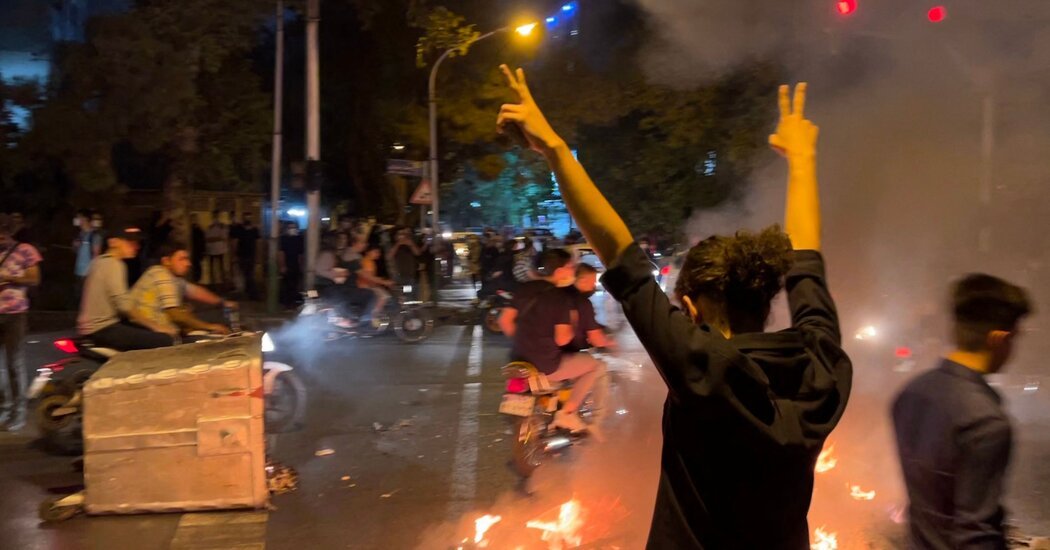As officials were working on that, he said, they began to assess that as the conflict continued, they could not reliably predict and depend on there being food, fuel, power and other critical supplies to keep the embassy operating safely.
“It was only at that point that we reluctantly concluded that the only really feasible option for us in this case was to temporarily suspend operations, move those operations — our diplomacy — offshore, and continue to work from there,” Mr. Bass said. “But always with the intention of finding a path back to having our flag up and our presence in Khartoum as quickly as we could.”
The Pentagon had positioned more troops in recent days in Djibouti, where the U.S. military has a base, to prepare for a rescue.
But with the airport in the capital badly damaged by shelling and the land corridor to Port Sudan — more than 500 miles away — seen as too risky, a limited evacuation by airlift was seen as the best option, officials said.
While the briefing for reporters was vaguer, two U.S. officials familiar with the operation, who spoke on condition of anonymity, said the military airlifted about 70 U.S. Embassy employees using both helicopters and V-22 Ospreys — a plane that can take off and land vertically — from a site near the embassy after sundown. The Navy’s SEAL Team 6 special force was involved, one of those officials also said.
The airlift additionally included a small number of diplomatic professionals from other countries, Mr. Bass said. They had lived in the same apartment buildings as some American diplomatic staff and arrived together at the embassy, he said.
“Essentially, they were working together to get themselves from where they were in harm’s way to the embassy, in some cases with a fair amount of creativity and ingenuity,” he said, and once they were at the embassy “we felt the prudent thing to do was to bring them out with us.”





